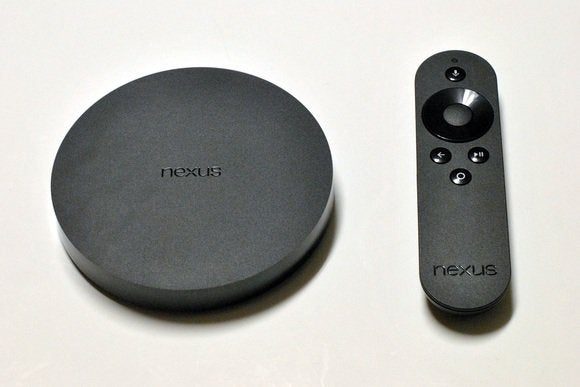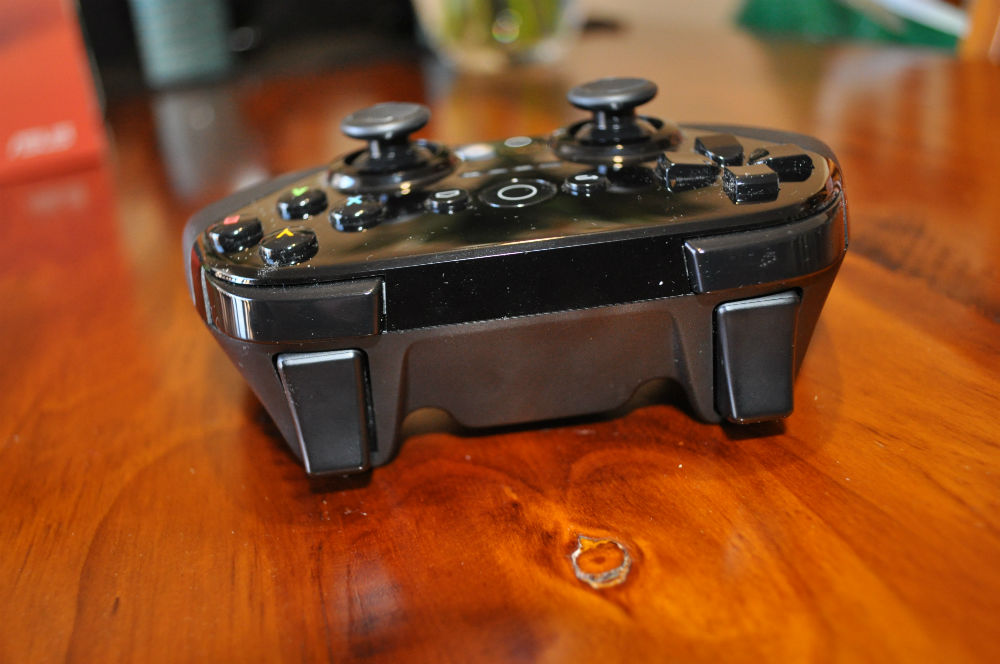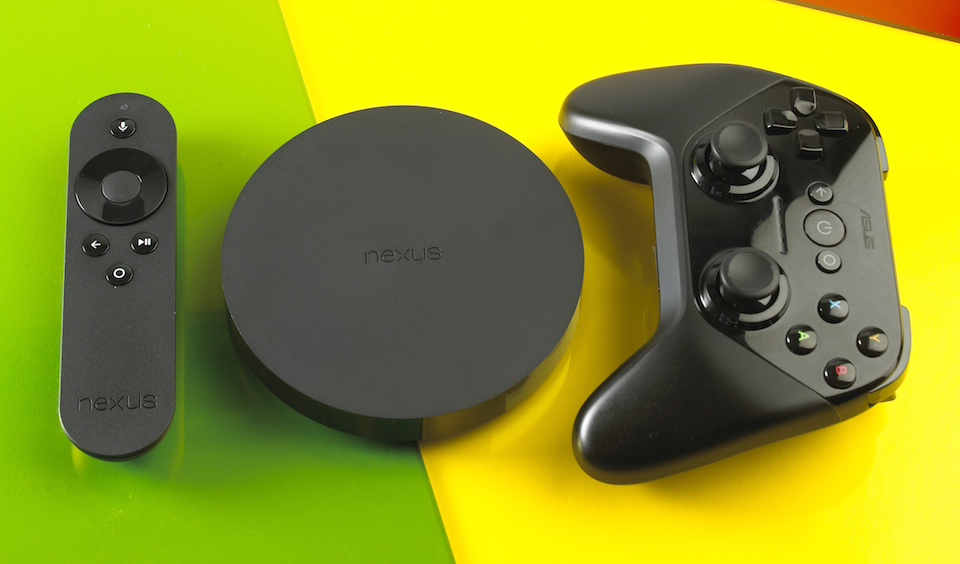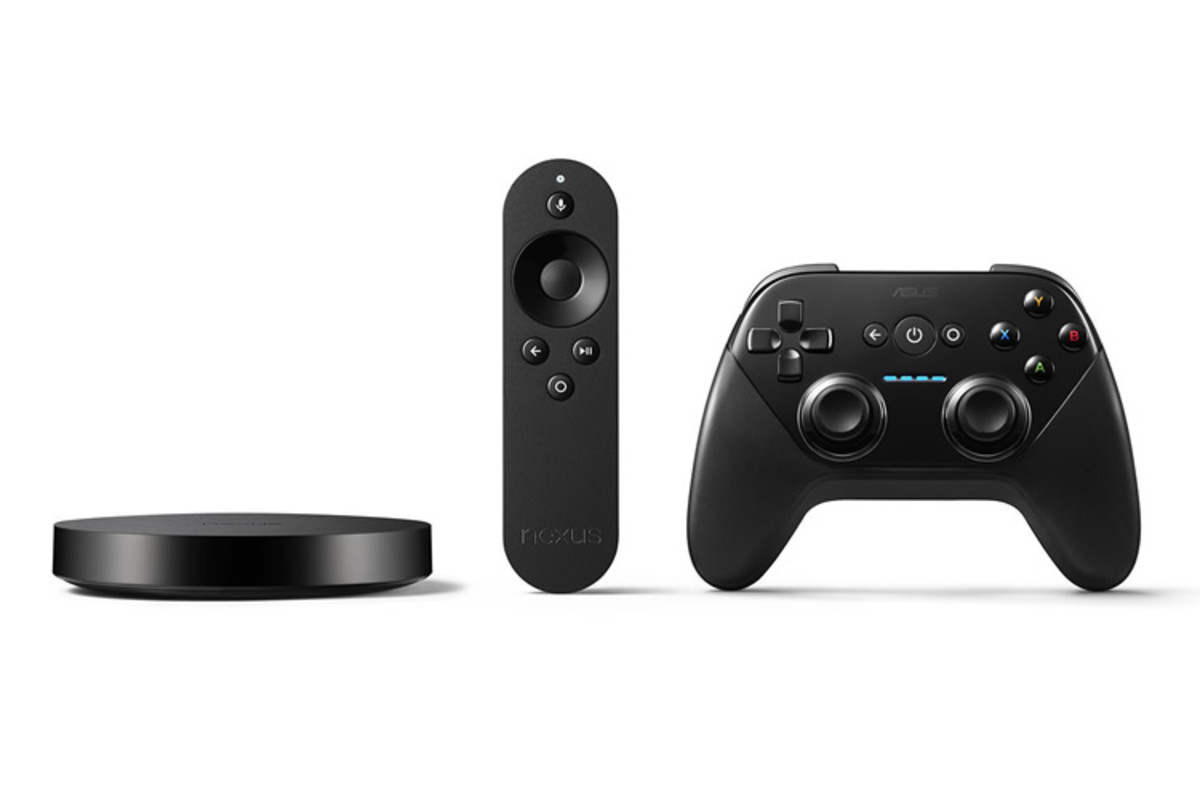

It is difficult to say how much experience is necessary to follow these instructions.
#Nexus playr install#
Using these, you can build bothĪ LineageOS installation zip and a LineageOS Recovery image and install them on your device. The required tools as well as the very latest source code for LineageOS (based on Google’s Android operating system) for your device. These instructions will hopefully assist you to start with a stock Google Nexus Player, unlock the bootloader (if necessary), and then download We strongly advise you to opt out of installing these, as they may cause your device to bootloop,Īs well as attempt to access or corrupt your data. Warning: Depending on which recovery you use, you may be prompted to install additional apps and services.
#Nexus playr upgrade#
Upgrade to a higher version of LineageOS (e.g. Your device will reboot to recovery and install the update, then reboot to the updated installation.
#Nexus playr update#
Then proceed to click “Install” on the newly pushed update to commence installation. Open Settings, navigate to “System”, then “Updater”.Additionally, open Settings, then “System”, then “Developer Options”, and then either check “Rooted Debugging” (LineageOS 17.1 or above) or select “Root Access Options”, then “ADB Only”. Make sure your computer has working adb.Your device will reboot to recovery and install the update, then reboot to the updated installation.įrom your PC via the push_update script (Linux/macOS only) When the download completes, click “Install”.Choose which update you’d like and press “Download”.Click the Refresh Icon in the top right corner.Alternative methods are supported, however. Note: LineageOS strongly recommends using our builtin Updater app. (Optionally): If you want to install any additional add-ons, repeat the sideload steps above for those packages in sequence. On the host machine, sideload the package using: adb sideload filename.zip.On the device, select “Advanced”, “ADB Sideload”, then swipe to begin sideload.Return to the previous menu and tap Advanced Wipe, then select the Cache and System partitions and then Swipe to Wipe.This will remove encryption and delete all files stored in the internal storage. Now tap Format Data and continue with the formatting process.Press the Bottom Button for two seconds to select. Tap the Bottom Button until recovery is selected. With the device unplugged, plug in the device while holding the Bottom Button until a menu is displayed.If you are not in recovery, reboot into recovery:.Optionally, download additional application packages such as Google Apps (use the x86 architecture).Build a LineageOS installation package.Speaking of cost, the $99 unit will be available on November 3rd, however if you're anxious to lock one down, you can pre-order the Nexus Player on October 17th.Tip: The file may not be named identically to what stands in this command, so adjust accordingly. Of course, one taps into Prime Instant Video while the other leverages the Google Play repository.

If all of that sounds somewhat familiar, Amazon's Fire TV touts a similar set of entertainment abilities for the same price. As you might expect, the Player will connect to your TV via HDMI with WiFi for grabbing content and Bluetooth for the included remote.
#Nexus playr 1080p#
Intel tells us that 64-bit chip is capable of "console-like graphics" alongside 1080p video streaming. Inside, the unit packs a 1.8GHz quad-core Intel Atom processor, 1GB RAM, 8GB of storage and Imagination PowerVR Series 6 graphics. In terms of content options, you can expect Netflix, Hulu, Food Network, Travel Channel and more for now - but there's no mention of either WatchESPN or HBO Go.


And yes, you'll be able to "cast" stuffs from other devices to your TV. It's also the first device to run Android TV, an effort detailed back at I/O and promised to arrive alongside Android L, er. The Nexus Player will offer much of the same functionality as Mountain View's diminutive dongle, adding the ability to leverage those mobile apps as well.


 0 kommentar(er)
0 kommentar(er)
